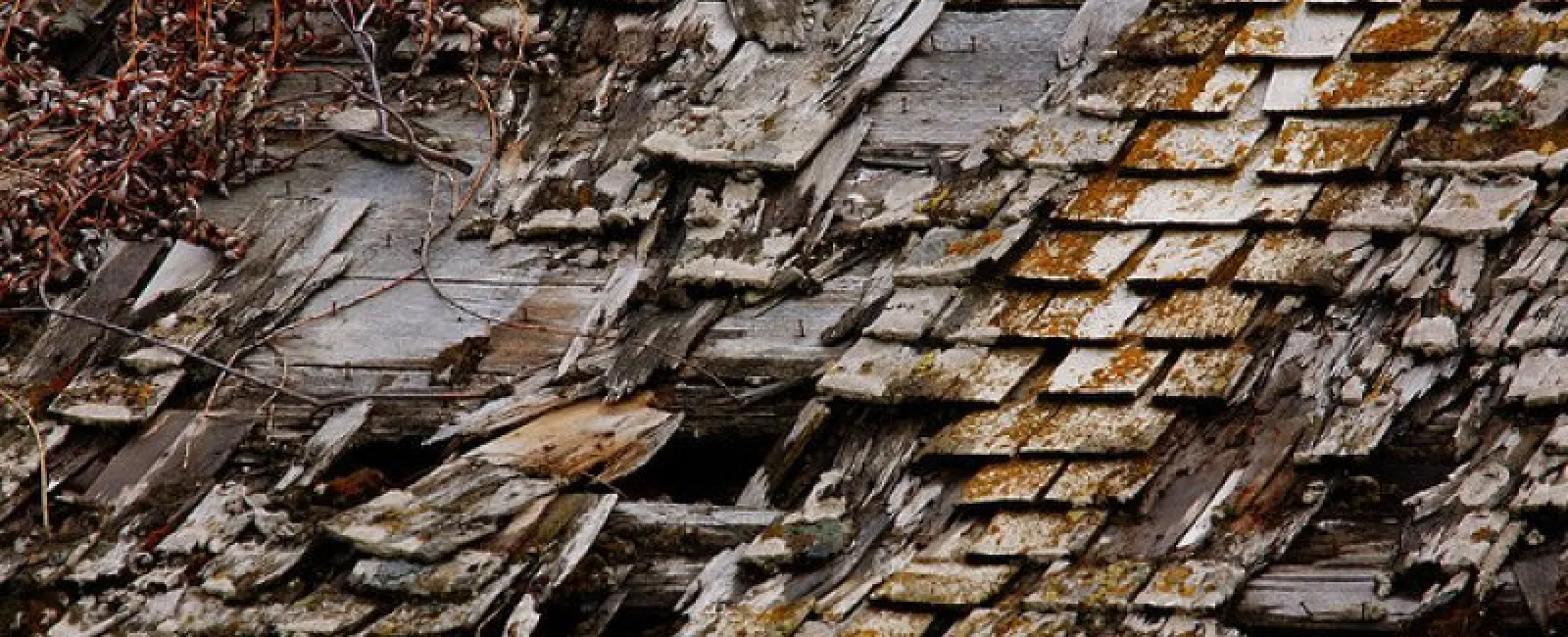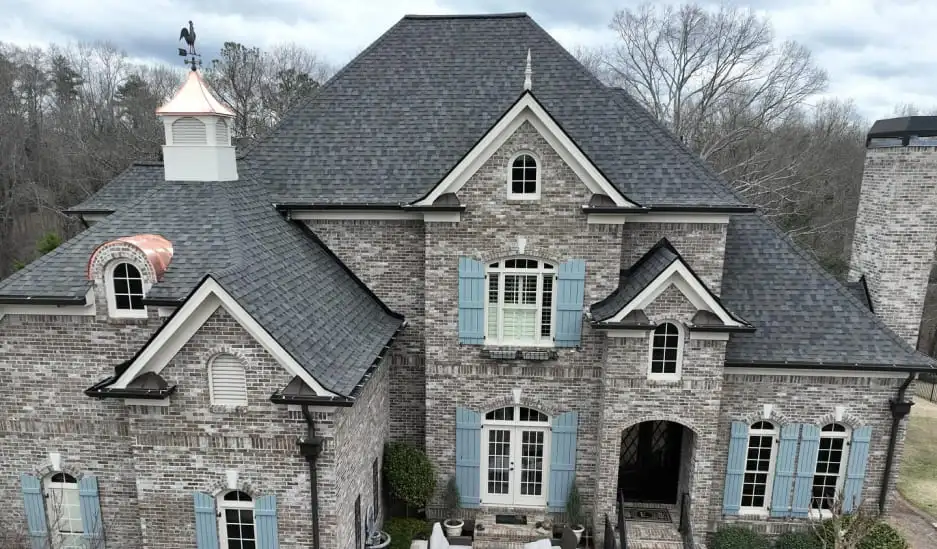Blistering, rotting, and spots on your ceiling: Which roof issue is the worst for your home? That’s the question, and we’ve got the answers—as well as why you should care.
1. Rotting: Long-Term Damage
Rotting certainly sounds like the worst kind of roof damage. However, we need to get more specific here. When someone talks about a roof rotting, they usually mean that shingle cores have started rotting. This is a common occurrence for shingles that are made out of organic materials and used in heavy rainfall climates. When we say roof rotting, we’re not talking about shingle cores—we’re talking about rotting wood. Rotting wood is a much more serious structural issue.
The reason that rot gets top billing for the worst type roof damage is it usually associated bigger issues. If shingles have had enough time and moisture damage to rot, that usually means leaks have had time to develop. The mold, pests and other problems that rot inspires may have also done lasting damage. Seeing any type of rot on a roof should sound major warning bells for hidden damage. An inspection to see just how far the problem goes is necessary at this point.
2. Ceiling Spots: Hidden Leaks
Ceiling spots are a close second to rotting when it comes to roof troubles. Why? Because when you see a ceiling spot, it is typically caused by a roof leak. Is it a broken skylight? Is it attic condensation? Is there a puncture in your roof materials? It’s hard to know – but a spot indicates that a leak has occurred long enough to do unpleasant damage that requires in-house repairs as well. Perhaps the worst part is that it can be very difficult to tell where ceiling spots originated because the leak may have run through your house before settling into one spot. It takes a professional roof inspection to narrow down the cause of tricky ceiling spots. If you notice a growing ceiling stain anywhere in your house, it’s important to find the source as soon as possible in order to prevent further damage.
3. Blistering: Shingle Replacement
Out of these three roof troubles, blistering probably causes the least widespread damage – but that doesn’t mean it’s harmless. When a shingle or tile blisters, that means that water has soaked into the top layers of the shingle and has caused the materials to expand and warp – the same way you get wrinkly fingers if you stay in the water too long. Blistering not only causes permanent damage to shingles, it also leads to increased aging, wear, and other problems.
If you notice blisters or other strange things happening to your shingles, there’s a good chance that you will need to replace your shingles. Call in a professional to make sure as blistered shingles can be difficult to notice from a distance and may be mistaken for algae problems.



